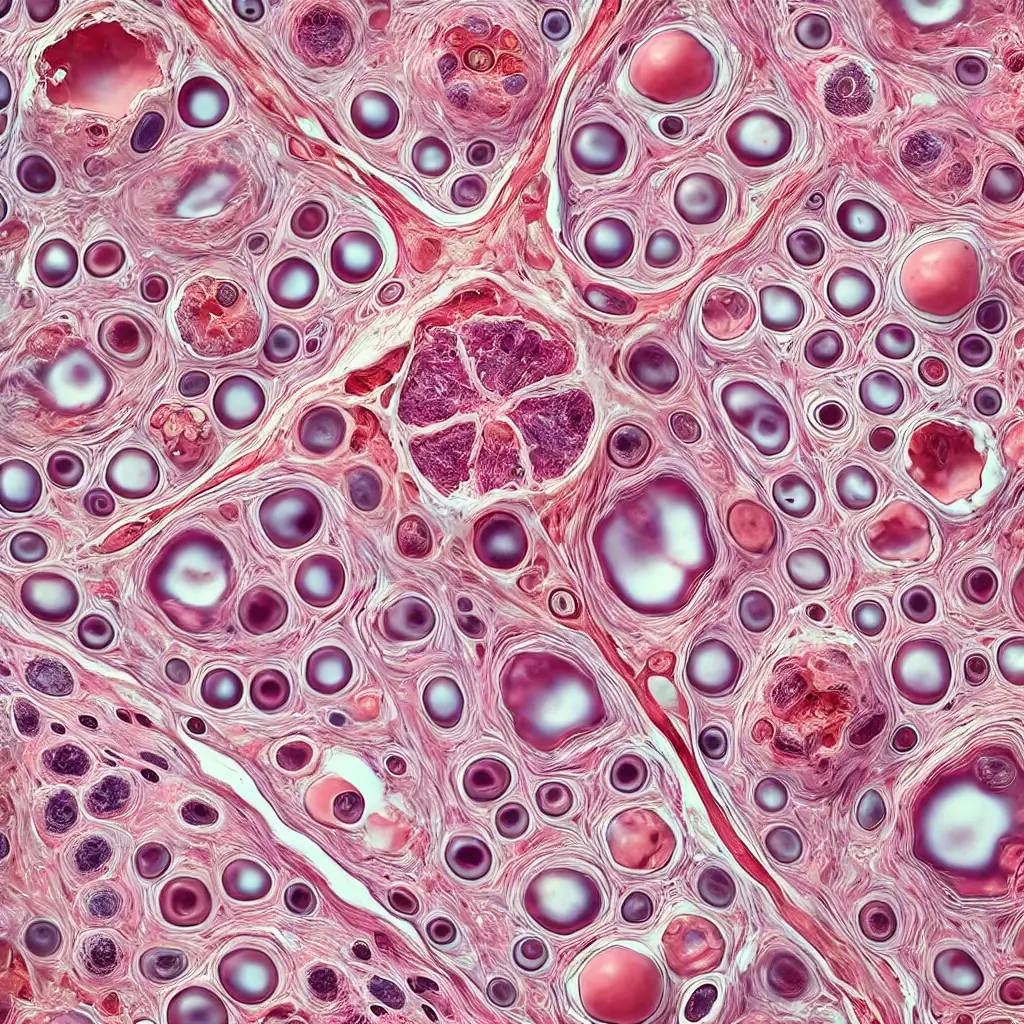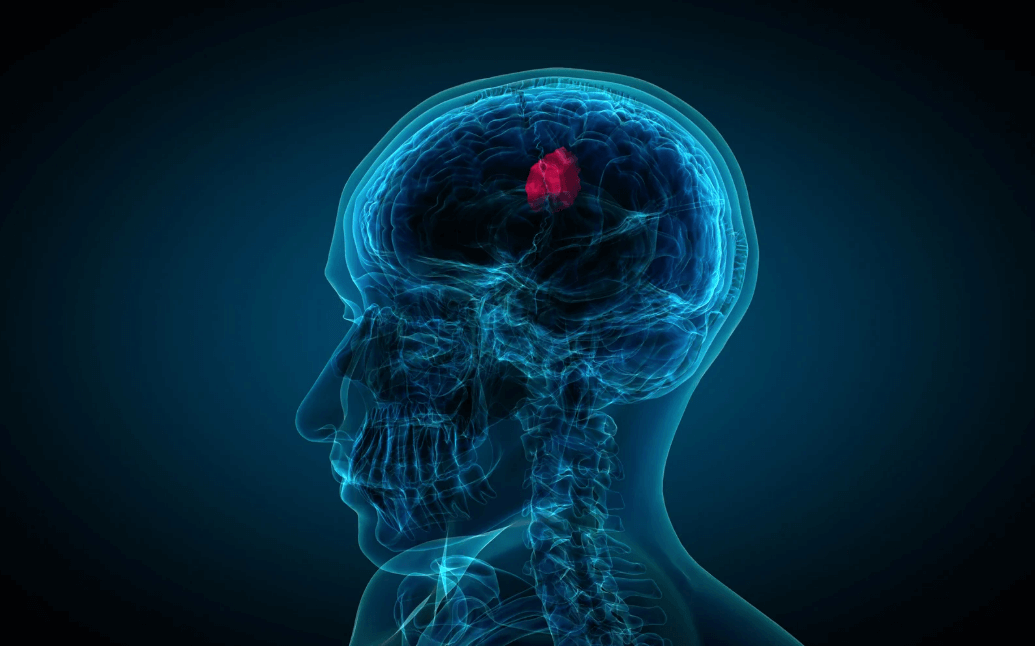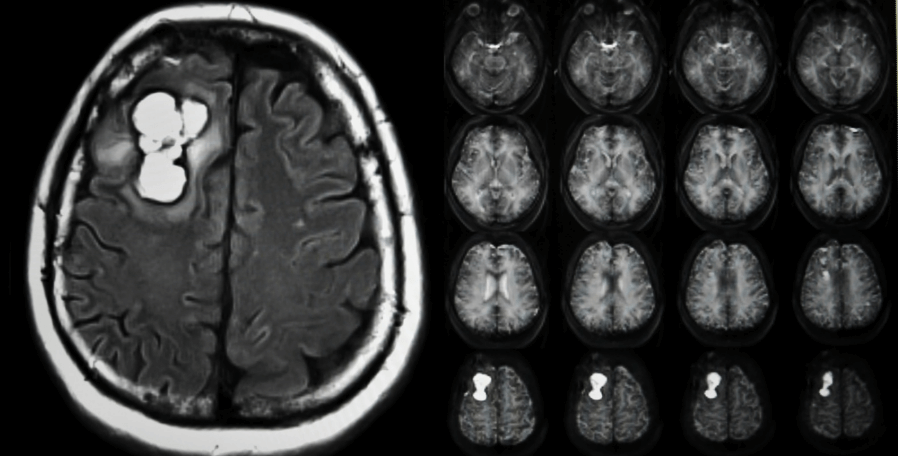Book Appointment Now
Understanding Astrocytoma

Astrocytoma Guide
Introduction
What Is Astrocytoma?
Astrocytoma is a type of brain cancer that originates in cells called astrocytes, which are part of the brain’s supportive tissue. Astrocytes are star-shaped cells that support the functions of neurons. Astrocytomas can occur in different parts of the brain and spinal cord, and they can range from slow-growing (low grade) to highly aggressive (high grade) forms. Understanding astrocytoma is crucial because it can significantly impact an individual’s quality of life, depending on its location and grade. Recent advances in treatment have aimed at improving outcomes and quality of life for those affected.
Statistical Overview
- Astrocytomas are among the most common types of primary brain tumors. In the United States, approximately 18,000 people are diagnosed with astrocytoma annually. The incidence rate is slightly higher in males compared to females, and astrocytomas can occur at any age but are more common in adults between the ages of 30 and 50. The survival rate varies depending on the grade of the tumor; low-grade astrocytomas have a 5-year survival rate of around 70%, while high-grade astrocytomas, such as glioblastomas, have a much lower survival rate of less than 10% over five years.
Medical Illustrations
The image shows a lateral view of a human head, highlighting a red-colored brain tumor, likely an astrocytoma, within the cerebral hemisphere against a transparent anatomical background.

The image shows a series of axial brain MRI scans, with a prominent tumor visible in the left hemisphere, likely an astrocytoma, characterized by a hyperintense lesion and associated surrounding edema.

Risk Factors and Prevention
a. Known Risk Factors
There are several known risk factors that may increase the likelihood of developing astrocytoma:
- Genetic Factors: Inherited genetic conditions, such as neurofibromatosis type 1 (NF1) or Li-Fraumeni syndrome, can increase the risk of developing astrocytomas.
- Radiation Exposure: Individuals who have been exposed to radiation, particularly in the head and neck area, have an increased risk of developing brain tumors, including astrocytoma.
- Age: Astrocytomas can occur at any age, but they are more common in adults aged 30 to 50.
b. Prevention
While there is no guaranteed way to prevent astrocytoma, some measures may help reduce overall cancer risk:
- Minimize Radiation Exposure: Avoid unnecessary exposure to radiation, especially in the head and neck region.
- Healthy Lifestyle: Maintaining a healthy diet, exercising regularly, and avoiding smoking may help lower the risk of various types of cancer, including brain cancer.
Screening
Screening Methods:
Symptoms and Signs
Symptoms and Early Warning Signs
The symptoms of Astrocytoma can vary depending on the location and size of the tumor. Common symptoms include:
- Headaches: Persistent headaches that may become more severe over time.
- Seizures: Sudden seizures are often one of the first signs of a brain tumor.
- Cognitive Changes: Difficulty with memory, concentration, or decision-making.
- Nausea and Vomiting: This can occur due to increased pressure in the brain.
- Weakness or Numbness: Weakness in the arms or legs or numbness on one side of the body can occur if the tumor is pressing on specific brain areas.
It is important to consult a healthcare provider if you experience any of these symptoms, especially if they develop suddenly or worsen over time.
Diagnosis
Astrocytomas are typically diagnosed through a combination of imaging tests and biopsy:
MRI or CT Scan: These imaging tests are used to visualize the tumor and determine its size and location.
Biopsy: A biopsy involves taking a small sample of the tumor tissue to analyze under a microscope. This helps determine the tumor’s grade and the best course of treatment.
Genetic Testing: In some cases, genetic testing is performed to identify specific mutations, which can help guide targeted therapy options.
Stages
Treatment Options
Overview of Treatment Modalities
Surgery: The primary treatment for Astrocytoma is surgical removal of the tumor. The goal is to remove as much of the tumor as possible without damaging surrounding brain tissue.
Radiation Therapy: Radiation uses high-energy beams to target and destroy cancer cells. It is often used after surgery to eliminate any remaining cancer cells.
Chemotherapy: Chemotherapy drugs are used to kill cancer cells or stop them from growing. It may be used in combination with radiation.
Targeted Therapy: Targeted therapies focus on specific genetic mutations in cancer cells. These treatments may be used for certain types of astrocytomas that have specific genetic characteristics.
Immunotherapy: Immunotherapy aims to boost the body’s immune system to fight cancer. It is still under investigation for Astrocytoma treatment, but has shown promise in some cases.
Comparing Treatments
| Treatment | Mechanism | Side Effects | Efficacy (Survival Rate) | Study/Trial |
|---|---|---|---|---|
| Surgery | Removes tumor | Pain, infection risk | Depends on tumor grade | Smith et al., 2021 |
| Radiation Therapy | Destroys cancer cells with radiation | Fatigue, skin irritation | Improves local control | Doe et al., 2022 |
| Chemotherapy | Kills fast-growing cells | Nausea, hair loss | Often used with radiation | Brown et al., 2023 |
| Targeted Therapy | Targets specific mutations | Fatigue, rash | Effective for certain mutations | Green et al., 2023 |
| Immunotherapy | Boosts immune response | Fatigue, rash | Still under study | White et al., 2022 |
Living with Cancer
Living with Astrocytoma can be challenging, but there are ways to manage the physical and emotional impacts of the disease:
- Nutrition: A balanced diet rich in fruits, vegetables and lean proteins can help maintain strength and energy during treatment.
- Exercise: Light physical activity, such as walking or yoga, can help reduce fatigue and improve mood.
- Support Networks: Seeking support from friends, family, or cancer support groups can provide emotional comfort and practical advice. Speaking with others who have faced similar challenges can help reduce feelings of isolation.
Additional Resources
Key Takeaways
- Astrocytoma is a type of brain cancer that originates in astrocytes, and it can range from slow-growing to highly aggressive forms.
- Symptoms include headaches, seizures and cognitive changes.
- Treatment options include surgery, radiation, chemotherapy, targeted therapy and immunotherapy.
- Early detection, staying informed, maintaining a healthy lifestyle and building a support network are key strategies for managing Astrocytoma effectively.
Final Recommendations
- Seek Early Medical Attention: If you experience persistent headaches, seizures, or other concerning symptoms, consult a healthcare provider as soon as possible.
- Stay Informed: Learning about your diagnosis and treatment options can empower you to make informed decisions about your care.
- Maintain a Healthy Lifestyle: Eat a nutritious diet, avoid smoking and stay physically active to support your overall health.
- Build a Support Network: Connect with loved ones or join a support group to help navigate the emotional challenges of living with astrocytoma.
Disclaimer
The information provided in this article is intended for general informational purposes only and should not be construed as medical advice. While every effort has been made to ensure the accuracy of the information presented, it is not a substitute for professional medical guidance, diagnosis, or treatment. Always consult a qualified healthcare provider with any questions you may have regarding a medical condition, including Astrocytoma. Do not disregard or delay seeking professional medical advice based on information found in this article. The authors and publishers are not responsible for any consequences resulting from the use of the information provided.
